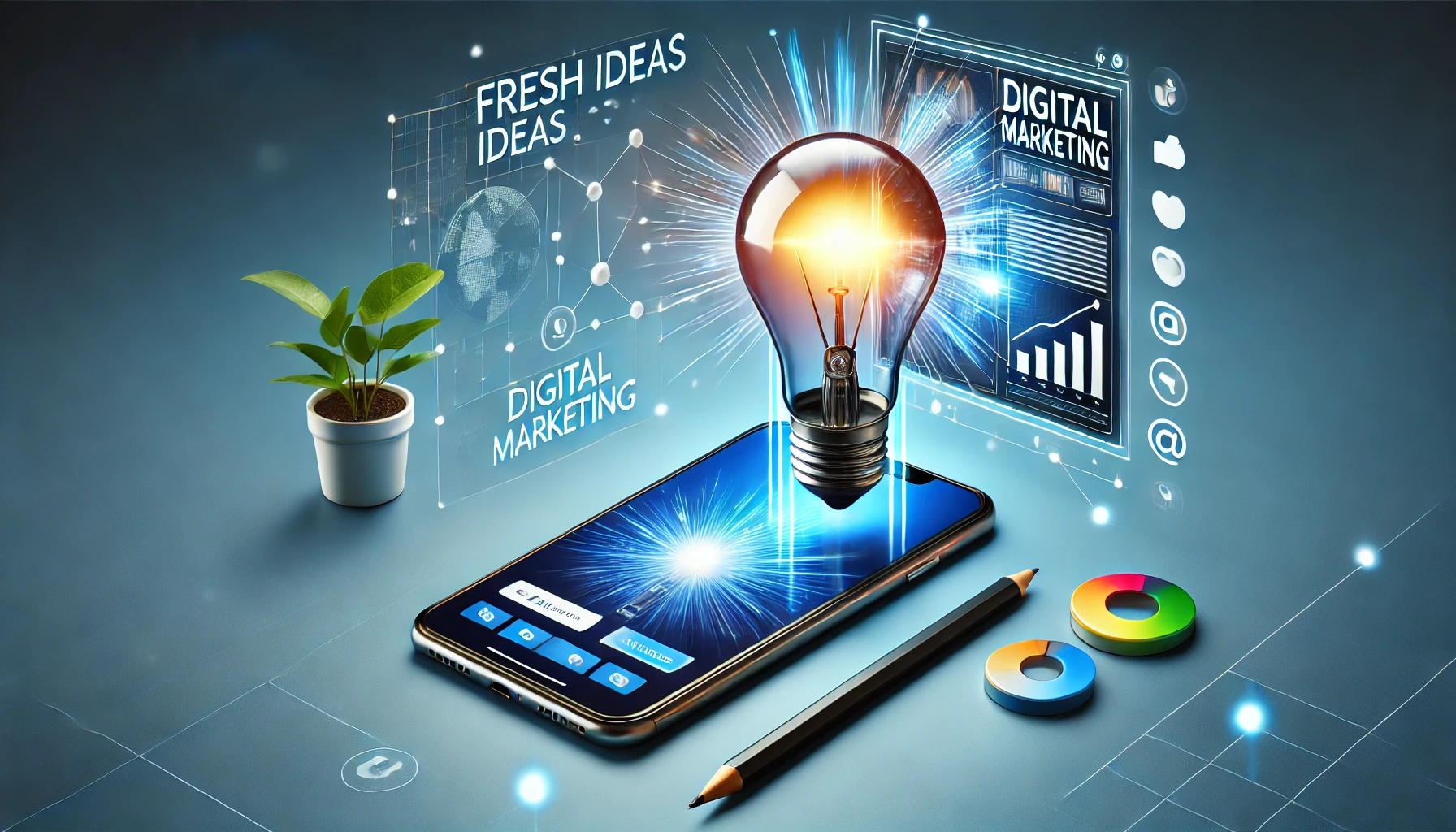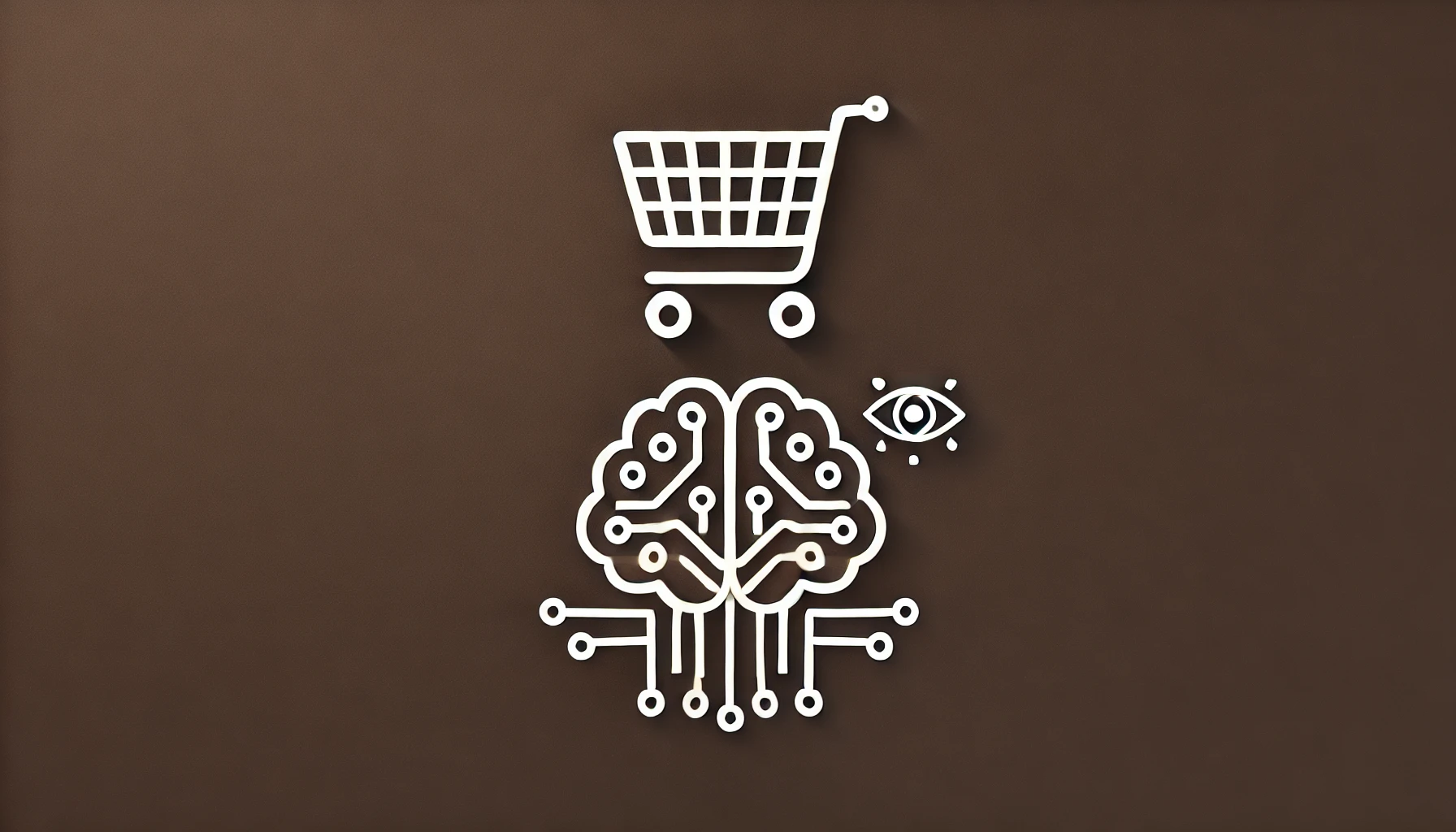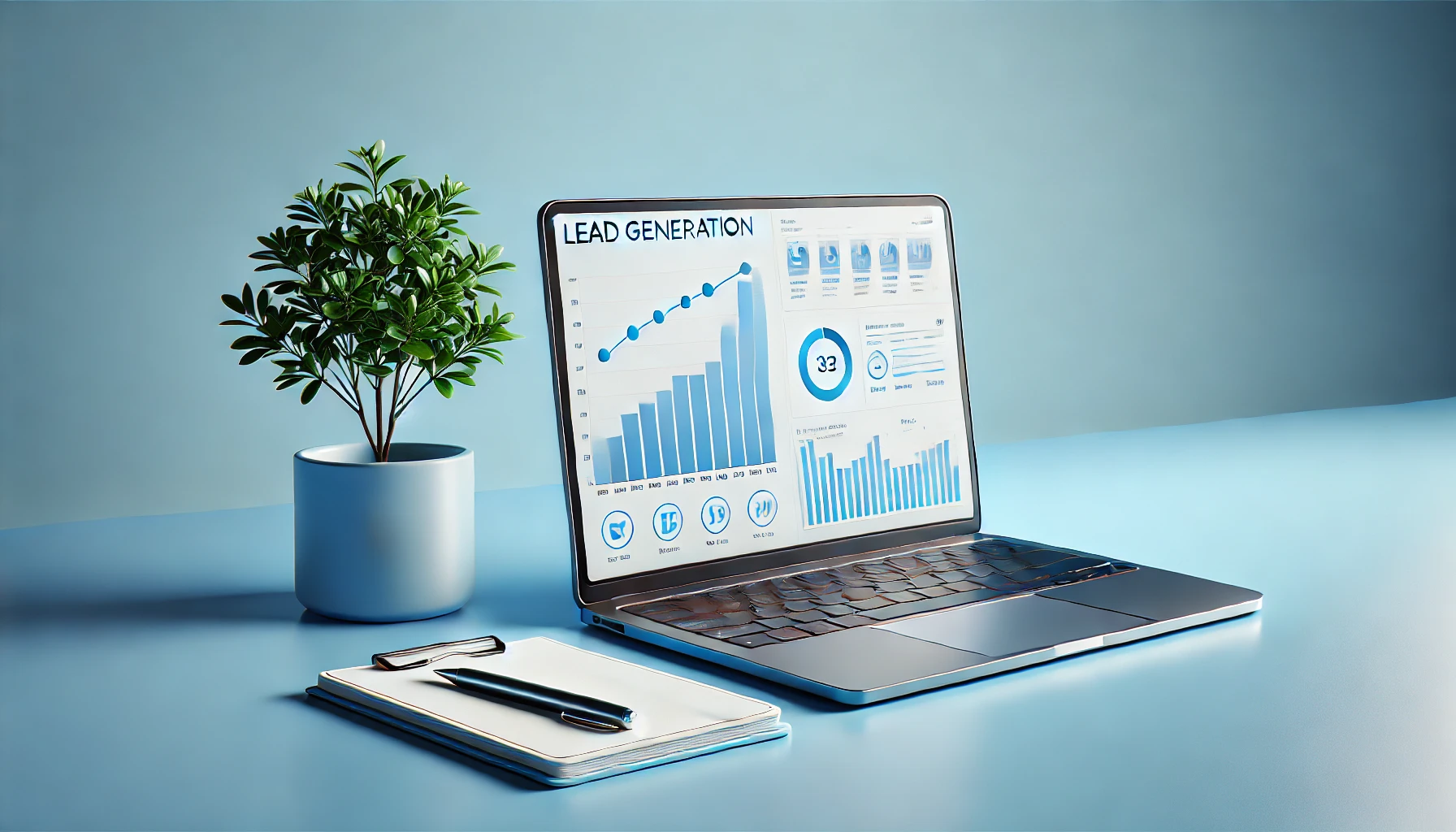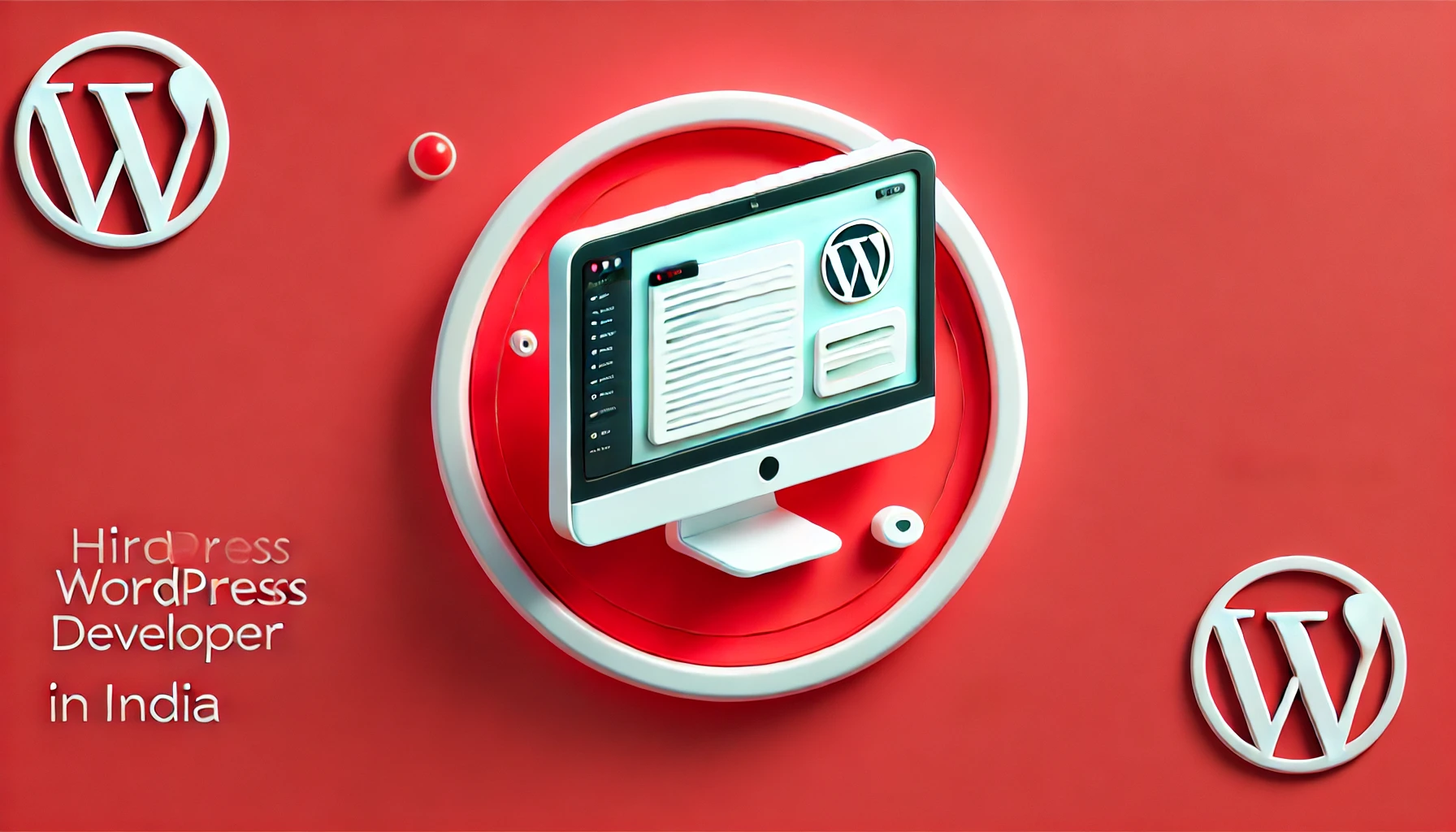Today capturing and holding attention is harder than ever. Consumers are bombarded with ads on every platform—social media, websites, search engines, and even streaming services. This constant exposure leads to ad fatigue, where users become desensitized to advertisements, scrolling past them without a second thought.
At the same time, attention spans are shrinking due to the rise of short-form content like TikTok videos, Instagram Reels, and YouTube Shorts. In 2025, brands must rethink their advertising strategies to break through the clutter, engage audiences, and drive conversions.
This article explores the impact of ad fatigue, the decline in attention spans, and practical strategies for brands to stand out in an oversaturated digital space.
Understanding Ad Fatigue: Why Your Ads Are Getting Ignored (And How to Fix It)
Imagine scrolling through your favorite social media platform, only to see the same ad—again. And again. And again. At first, you might have clicked out of curiosity. But by the tenth time? You’re swiping past it without a second thought.
This is ad fatigue, and it’s one of the biggest challenges facing digital marketers today. When audiences see the same or similar ads too frequently, they lose interest, engagement drops, and brands end up spending more for fewer results.
How to Spot Ad Fatigue Before It Hurts Your Campaigns
Not sure if your audience is experiencing ad fatigue? Watch for these warning signs:
- Lower Click-Through Rates (CTR): If fewer people are clicking on your ad, they’re likely tired of seeing it.
- Higher Cost-Per-Click (CPC): Platforms like Google and Facebook charge more when engagement decreases, making your ads more expensive.
- Decreased Return on Ad Spend (ROAS): When your ads stop converting, your overall return on investment (ROI) takes a hit.
- Increased Ad Blindness: Even if your ad is still being shown, users may subconsciously ignore it because it no longer feels relevant or fresh.
Ignoring these signs could mean wasting money on ads that no one cares about. So, what’s causing this problem in the first place?
The Biggest Causes of Ad Fatigue
Understanding what triggers ad fatigue is the first step to avoiding it. Here are the most common culprits:
Overexposure to the Same Ad
Repetition might work in branding, but when an audience sees the same creative too many times, it starts to backfire. If your ad keeps popping up without any variation, users will mentally tune it out—or worse, develop a negative association with your brand.
Fix It: Refresh your ad creatives every 7-10 days to keep content engaging. Try different images, videos, and messaging to keep things fresh.
Lack of Personalization
Generic, one-size-fits-all ads are a surefire way to lose engagement. Today’s consumers expect ads tailored to their preferences, behaviors, and interests. If your message isn’t relevant to them, they’ll ignore it.
Fix It: Use AI-powered dynamic ads that adapt to user behavior, preferences, and demographics. Segment your audience to deliver highly targeted content instead of blasting the same message to everyone.
Irrelevant Messaging
Even a great ad can flop if it’s shown to the wrong audience. If your messaging doesn’t align with a user’s needs or intent, it’s just another interruption.
Fix It: Leverage data-driven targeting to ensure your ads reach the right audience at the right time. A/B test different messages and CTAs to see what resonates best.
Ad Saturation
When every platform is flooded with ads, users become desensitized. If people see multiple ads in a short time—especially from the same brand—it creates a feeling of digital overload.
Fix It: Use frequency capping to limit how often a user sees your ad. Experiment with native advertising that blends naturally into the content they consume.
The Bottom Line
Ad fatigue is real, and it’s costing businesses millions in wasted ad spend. But with smart audience targeting, fresh creatives, and a personalized approach, you can keep your campaigns performing at their best.
Don’t let your ads become background noise—keep them fresh, relevant, and engaging!
The Shrinking Attention Span Problem: Why You Have Only 3 Seconds to Make an Impact
In today’s digital world, grabbing and holding attention is like catching lightning in a bottle. Studies show that the average human attention span has dropped significantly, with many users engaging with content for just a few seconds before scrolling away.
Blame it on information overload, multi-tasking, or the rise of short-form content—whatever the reason, brands now have less time than ever to make an impression.
Why Are Attention Spans Getting Shorter?
Several factors contribute to this rapid decline in focus, making it harder for ads to stand out:
1. The TikTok & Reels Effect
Platforms like TikTok, Instagram Reels, and YouTube Shorts have conditioned users to consume content in bite-sized bursts of 3-15 seconds. If a video doesn’t hook them instantly, they’re on to the next.
For advertisers, this means long-winded intros and slow-build storytelling won’t work anymore—you need to capture attention immediately or risk getting ignored.
2. Multi-Screen Behavior
Ever watched Netflix while scrolling Instagram? Checked your email during a Zoom meeting? You’re not alone.
With smartphones, tablets, and smart TVs all competing for attention, users are constantly dividing their focus. A single ad has to work even harder to break through the noise.
3. Information Overload & Instant Filtering
The average person encounters over 10,000 ads daily—from social media feeds to search results and in-app promotions.
To cope, the brain has developed “auto-filtering” mechanisms, instantly recognizing and discarding anything that doesn’t seem relevant or interesting. If your ad looks like just another sales pitch, it’s getting ignored.
How to Win in the Age of Short Attention Spans
With users scrolling faster than ever, brands must rethink their approach to digital advertising. Here’s how to make an impact before they swipe away:
1. Capture Attention in the First 2-3 Seconds
Those first few seconds are critical. Whether it’s a bold visual, a shocking statement, or an intriguing question, your ad must hook viewers immediately.
Example: Instead of starting a video with “Introducing our new product,” try “This secret could double your sales in 30 days.”
2. Keep It Short, Snappy, and Visual
Forget long paragraphs—opt for eye-catching visuals, bold headlines, and quick cuts. Short-form video, GIFs, and motion graphics work far better than static images.
Think fast, dynamic storytelling that delivers the message without requiring too much effort from the viewer.
3. Make It Interactive
Passive content gets ignored—interactive content keeps people engaged. Polls, quizzes, swipe-up features, and clickable elements encourage participation and extend attention.
Example: Instead of “Buy Now,” try “Swipe to see the magic happen.”
4. Personalize for Relevance
Generic ads are the easiest to ignore. Use AI-powered targeting to ensure your content is hyper-relevant to each user. Personalized ads that align with interests and behavior will always outperform one-size-fits-all messaging.
5. Optimize for Multi-Platform Viewing
Your audience isn’t just on one platform—they’re bouncing between Instagram, YouTube, LinkedIn, and Google. Ensure your ad format works across multiple devices and platforms, from mobile-first designs to vertical video formats.
The Bottom Line
In 2025, attention is the new currency—and brands that fail to adapt will be left behind. To survive in this hyper-fast digital landscape, your ads must be instant, engaging, and impossible to ignore.
You have 3 seconds—make them count!
How to Overcome Ad Fatigue and Capture Attention in 2025
In today’s hyper-connected world, advertising is everywhere—on social media, search engines, streaming platforms, and even in our inboxes. But here’s the problem: people are tuning out.
With ad fatigue on the rise and shrinking attention spans, brands need to rethink their approach to digital advertising. If your ads aren’t fresh, engaging, and personalized, they’ll be ignored—or worse, actively disliked.
So, how do you break through the noise? By being bold, creative, and strategic. Let’s dive into the most effective ways to combat ad fatigue and capture attention in 2025.
1. Diversify Ad Creatives Regularly
One of the biggest reasons for ad fatigue is repetition. If your audience sees the same creative over and over again, they’ll start ignoring it—or even develop negative associations with your brand.
How to Keep Your Ads Fresh:
- Rotate ad creatives every 7-10 days to prevent overexposure.
- Use multiple variations of your ads with different visuals, headlines, and CTAs.
- Leverage Dynamic Creative Optimization (DCO): This AI-driven feature automatically tests different combinations of creatives and optimizes for the best-performing ones.
💡 Pro Tip: Use seasonal and event-based creatives to stay relevant. Ads that align with current events, holidays, or trends tend to perform better.
2. Use Hyper-Personalization
Generic ads are dead. Today’s consumers expect ads that are tailored to their interests, behaviors, and needs.
How to Make Ads Personal:
- Leverage AI-driven targeting to deliver highly relevant ads based on user data.
- Create ad sequences that guide users through different stages of the buying journey.
- Use location-based, behavior-based, and interest-based targeting to improve engagement.
💡 Example: Instead of showing a generic fitness product ad, deliver a workout plan ad based on the user’s past searches, location, or activity level.
3. Make Ads Interactive
Static ads are boring. If you want people to engage with your brand, give them something to interact with.
Ways to Make Ads Interactive:
- Polls & Quizzes: Let users participate and influence the content.
- Gamification: Reward engagement with points, discounts, or exclusive content.
- Augmented Reality (AR): Try-on filters, 3D product previews, and interactive experiences.
💡 Example: A makeup brand can use AR filters that let users “try on” different lipstick shades before purchasing.
4. Leverage Short-Form, High-Impact Content
People don’t have time for long-winded ads. The faster you can deliver your message, the better.
How to Maximize Short-Form Ads:
- Prioritize short video ads (6-15 seconds) optimized for TikTok, Instagram Reels, and YouTube Shorts.
- Use text overlays and subtitles to grab attention instantly—even when the sound is off.
- Start with a strong hook in the first 2-3 seconds (e.g., a bold question, surprising fact, or emotional trigger).
💡 Example: Instead of saying, “Our new sneaker is here!”, start with “Would you wear a sneaker made from recycled ocean plastic?”
5. Adopt Storytelling and Emotional Appeal
People remember stories, not sales pitches. If your ads don’t create an emotional connection, they won’t be memorable.
Ways to Add Emotion to Your Ads:
- Tell a relatable or inspiring story instead of pushing features.
- Use real testimonials and user-generated content to build trust.
- Leverage humor, suspense, or controversy to keep viewers engaged.
💡 Example: Instead of a generic car commercial, tell the story of a father teaching his daughter how to drive—ending with a message about safety and reliability.
6. Use AI for Smart Ad Delivery
With so much competition, smart ad delivery is key to staying ahead. AI can help optimize placements, targeting, and messaging in real time.
How AI Can Improve Your Ads:
- Predictive analytics helps determine when and where ads should appear for maximum impact.
- AI-driven platforms like Meta and Google optimize ad placements based on engagement trends.
- Automated ad copy generation prevents repetitive messaging and keeps ads fresh.
💡 Example: AI can adjust ad spend in real-time based on user behavior, automatically shifting budget to high-performing campaigns.
7. Prioritize Native and Organic-Looking Ads
People have ad blindness—they instinctively scroll past anything that looks too much like an ad. The solution? Blend in.
How to Make Ads Feel More Organic:
- Use native advertising—ads that look and feel like regular content.
- Avoid overly polished, traditional ads. Instead, use user-generated content (UGC) for a more natural feel.
- Leverage influencer marketing to amplify ad reach with trusted voices.
💡 Example: Instead of a scripted product ad, showcase a real customer review video that looks like a regular social media post.
8. Optimize for Multi-Platform and Omnichannel Experiences
Your audience isn’t just on one platform. They’re moving between Instagram, YouTube, LinkedIn, and email—your ads should move with them.
How to Optimize for Multi-Platform Success:
- Ensure ad messaging is consistent across social media, search, video, email, and in-app ads.
- Use retargeting strategies to reconnect with users across different touchpoints.
- Integrate ads with chatbots, WhatsApp, and SMS for personalized follow-ups.
💡 Example: A user sees your Instagram ad, visits your website, but doesn’t buy. A retargeting ad on YouTube later reminds them to complete their purchase.
Final Thoughts: The Future of Attention-Grabbing Ads
In 2025, standing out in the digital ad space means being creative, adaptive, and data-driven. It’s not just about getting noticed—it’s about keeping attention.
Rotate and personalize your creatives.
Make ads interactive, emotional, and short-form.
Leverage AI for smarter ad placements.
Ensure your ads feel natural and blend into content.
With the right strategies, tools, and mindset, your brand can beat ad fatigue, capture attention, and drive real engagement.
The Future of Digital Advertising in 2025
As technology advances, brands must be more adaptive and creative to remain competitive. Some emerging trends include:
✅ AI-Powered Ad Creation: AI will generate video ads, copy, and graphics in real time.
✅ Voice Search Ads: Optimizing for voice search (Siri, Alexa) will create new advertising opportunities.
✅ Metaverse and Immersive Ads: Virtual reality (VR) and 3D advertising will shape the future.
✅ Privacy-First Targeting: With increased privacy regulations, contextual targeting will replace traditional cookie-based tracking.
In 2025, standing out in a crowded digital landscape requires innovation, personalization, and adaptability. Brands that embrace short-form content, AI-driven targeting, engaging storytelling, and omnichannel strategies will not only combat ad fatigue but also maximize attention and conversions.
The key takeaway? Think less about ads and more about engagement. The brands that connect meaningfully with their audiences will thrive in the evolving digital world.
Are your ads ready for the future?





